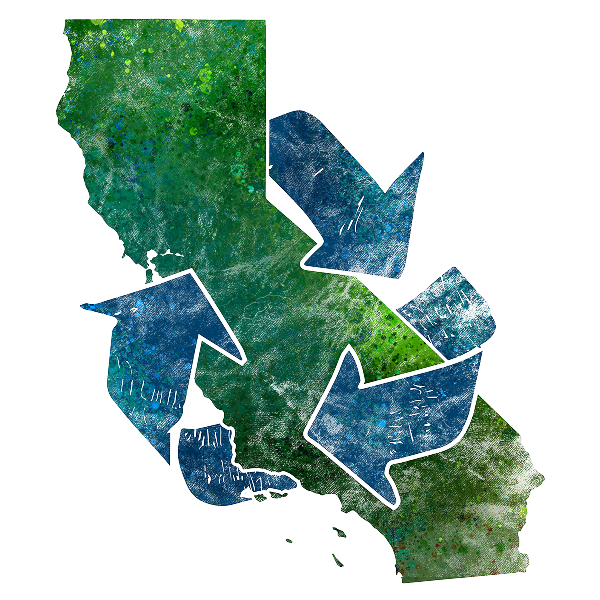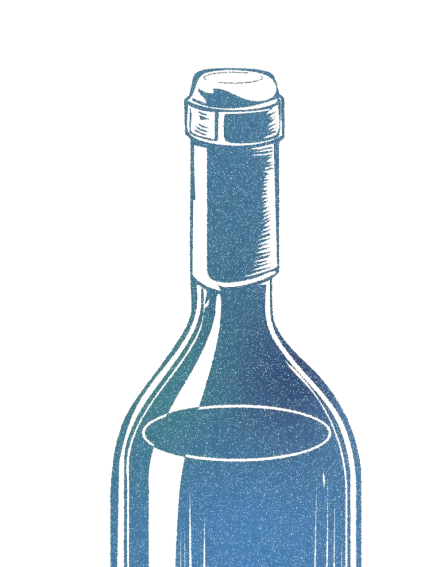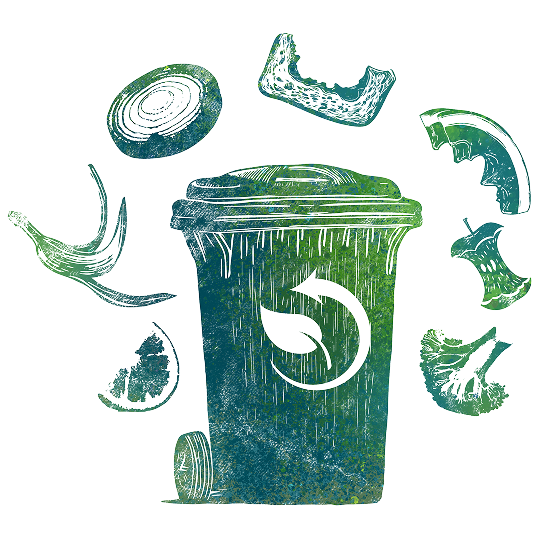Recycling Reimagined

Q: What does reimagining recycling mean?
Recycling reimagined reduces waste and reuses more for a cleaner California with these small steps today:
- Use reusables
- Keep recyclables out of landfills
- Put food scraps into your curbside green bin for weekly pickup.
Recycling Reimagined gives the next small steps to have a big impact.
With each of us doing our part and taking small steps together, Californians are diverting millions of tons of waste a year and creating a cleaner, healthier future.
Q: What does Recycling Reimagined mean for California?
Recycling Reimagined is about making small changes today for a cleaner California tomorrow. It means ensuring recyclable materials don’t end up as waste in landfills and making better everyday choices, like recycling CRV bottles and cans and putting food scraps into your green bin for weekly pickup.
Californians have always been leaders in protecting our natural environment. Recycling Reimagined is a fresh way of thinking: small actions, big impact. It’s the California way.
Q: Why is Recycling Reimagined important today?
California leads the nation in recycling, with 95% of Californians having access to recycling programs. But we can go even further. Every bottle recycled and every food scrap kept out of landfills helps reduce waste, cut emissions, and protect California’s natural beauty.
By taking small steps together, we can divert millions of tons of waste each year and create a cleaner, healthier future for generations to come. Let’s keep California’s commitment strong.
Cash for CRV
California rewards you for recycling CRV beverage containers. It’s a simple way to reduce waste and get cash back.

Q: What is CRV, and why do I pay it?
In California, CRV stands for California Redemption Value. When you buy CRV beverages in California, you pay a small deposit, usually 5 or 10 cents on each container. You can get that money back when you return your empty and dry CRV containers to a certified recycling site.
You can learn more about what makes a container eligible for CRV on the official CalRecycle website or at IRecycleSmart.com.
Q: Which beverage containers are eligible for CRV?
Most aluminum, glass, and plastic beverage containers are eligible for CRV cash back. This includes soda, water, sports drinks, juice, and tea containers. Some exceptions apply. For a full and up-to-date list, visit CalRecycle.ca.gov.
Q: How much cash back can I get for my CRV bottles and cans?
Recycling your CRV containers regularly can add up. You can choose to be paid by count for up to 50 containers of each material type per transaction at the time of your return or by weight. You can find the refund value by container size and type for eligible-CRV containers at CalRecycle.ca.gov.
Q: Where can I find a certified recycling site nearby where I live or work?
You can search for a certified recycling site near you using CalRecycle’s Beverage Container Recycling Location statewide search tool. You’ll be asked to enter your zip code and select the Search button to find local results.
Q: Is CRV just about getting my money back?
Besides putting money back in your pocket, cashing in your empty CRV containers also reduces litter, keeps public spaces clean, and supports California’s recycling businesses.
By thinking beyond the bin, you can join millions of Californians doing their part, taking small steps, with a long-term impact for your community.
Collect & Curb Your Food Scraps
There are quick, easy ways to take small steps and collect food scraps.

Q: Why should I separate my food scraps from the trash?
Food rotting in landfills without oxygen emits methane air pollution. By placing food scraps in your green bin instead, it turns them into compost or clean energy, helping California.
Q: How do I start collecting food scraps?
Just keep a small, covered container in your kitchen on the counter, under the sink, or in the freezer. Use it to collect everyday food scraps, like fruit peels, coffee grounds, eggshells, and leftovers. When you’re ready, empty the food scraps into your curbside green bin.
Q: What food scraps can I put in my green bin?
Check with your local waste management for a full list, but most food scraps are accepted. Find more resources at IRecycleSmart.com.
Q: Does putting food scraps in the bin smell bad?
Avoid odors by using a container with a lid and empty it into your green bin every few days.
You can also line your container with newspaper or keep it in your freezer until it’s time to put it at the curbside.
Q: Do I need to buy anything special to start collecting food scraps?
No special tools are needed! Many people use a small kitchen container they already have, like an old coffee can or a food storage bin. Find a system that easy with your routine and space.
Q: What happens to the food scraps after collection?
Food scraps collected in your green bin are processed into valuable, nutrient-rich materials that help soil stay healthy on farms, in gardens, and in parks, or made into renewable energy like fuel or electricity. It helps grow healthy food, supports local farmers, and keeps valuable materials out of landfills.
Q: Is it required to put food scraps in the green bin instead of the trash?
Yes. Californians are now required to separate food scraps and other organic waste from regular trash. If your city has an organics recycling program that includes a food scrap collection service, you should be collecting your food scraps and tossing them in with your yard waste in the green bin (some jurisdictions require residents to put food scraps in a different bin; check your local recycling requirements). It’s a simple habit that’s good for the environment—and it’s the law.
About This Campaign
Learn more about how your small actions can have big impacts on our beautiful State of California. It’s recycling, reimagined.

Q: Who is responsible for the Recycling Reimagined campaign?
Recycling Reimagined is an outreach effort led by the California Department of Resources Recycling and Recovery (CalRecycle) to give Californians information and tips that make recycling and reducing food waste easy and more rewarding.
For more about the campaign, visit our About This Campaign page.
Q: Where can I find more information about CalRecycle?
For more information about California’s recycling programs and services, visit CalRecycle.ca.gov. You can also explore helpful how-to guides and resources at iRecycleSmart.com.

